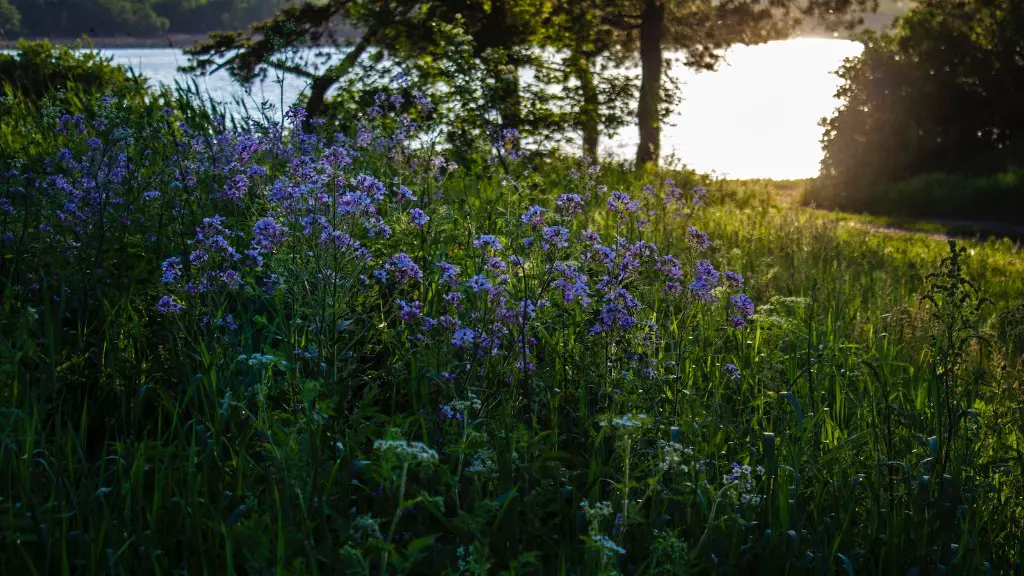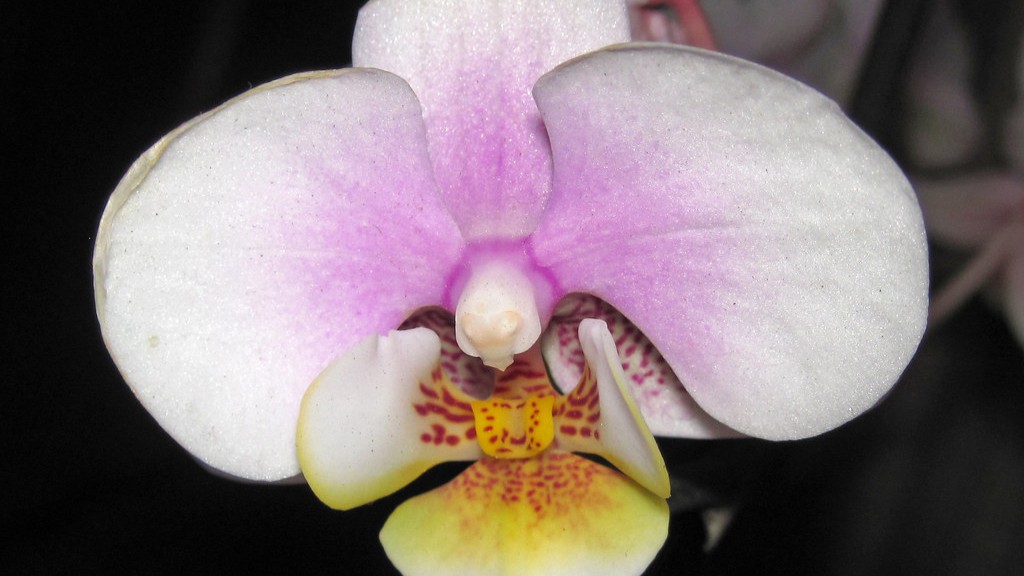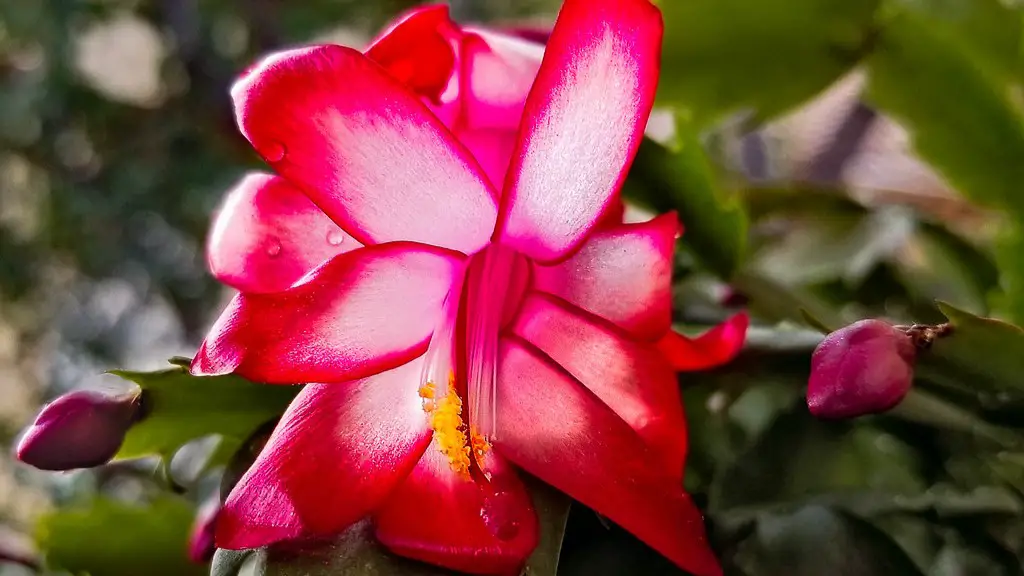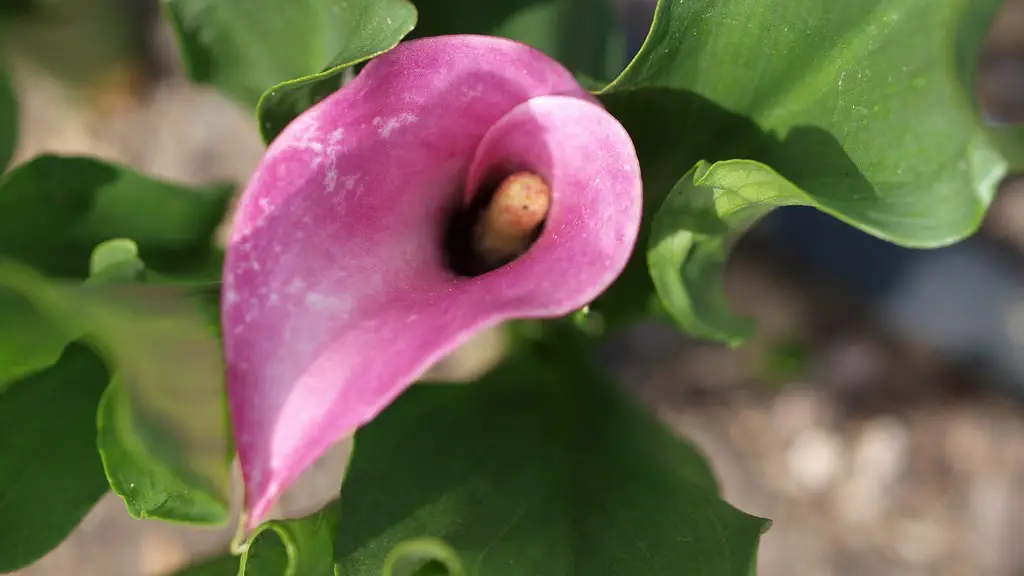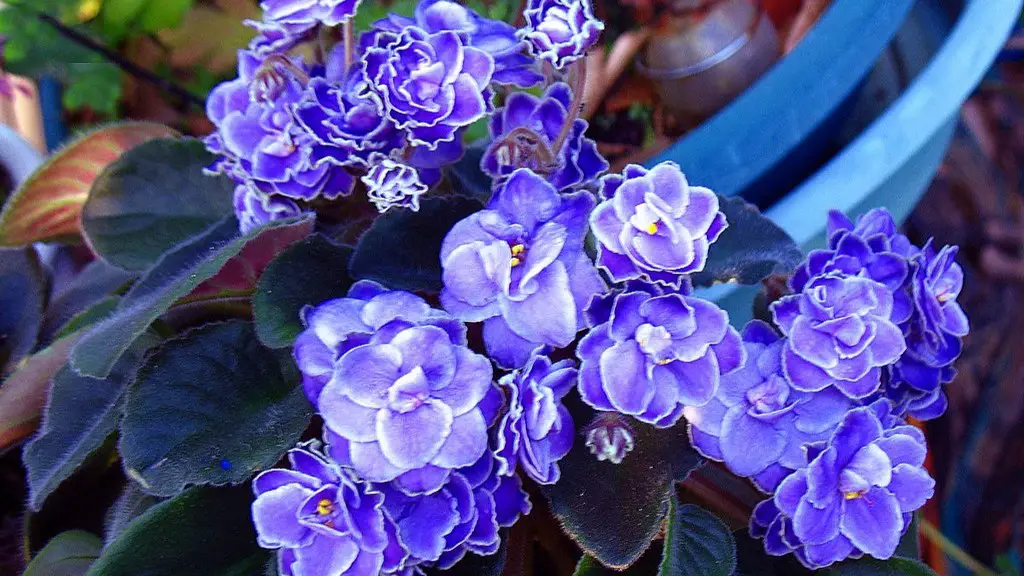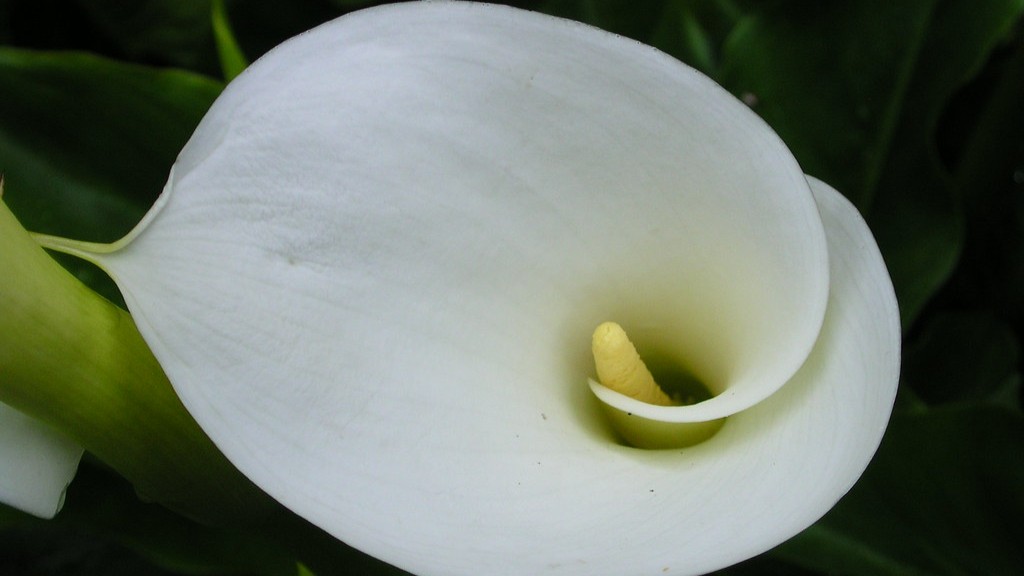The African violet is a popular houseplant that is known for its beautiful flowers. These flowers can come in a variety of colors, making them a great addition to any home. While African violets are relatively easy to care for, one of the most important things to keep in mind is how often to water them. Over-watering can lead to problems such as root rot, so it is important to be careful not to give them too much water.
The general rule of thumb is to water your African violets when the soil is dry to the touch.
How much water does a African violet need?
Watering African violets can be tricky, as too much or too little water can damage the plant. The best guide is to feel the top of the soil: if it is dry to the touch, then it is time to water. African violets should be allowed to dry out between each watering for best results. Overwatering can kill a plant.
Watering:
It is important to keep the soil moist to encourage blooming, but allow the soil around the roots to dry out before watering. Water from the bottom with room temperature water by placing the plastic grower’s pot in water, and allowing the plant to absorb the water (not more than 30 minutes).
Should African violets be watered from the top or bottom
The best way to water an African violet plant is from the bottom up. Place your plant in a shallow tray of water for 30 minutes, allowing the soil to soak up the water through the drainage holes at the bottom of the pot. African violets are a type of plant that does not like to have its leaves wet, so watering from the bottom up is the best way to avoid getting the leaves wet.
It’s important to keep an eye on the water level in your African violet’s pot, and to refill it as needed. This will help prevent over-watering, which can be harmful to the plant.
Should I mist my African violets?
To avoid crown rot, do not mist the foliage of your African violet. Water on the foliage may cause permanent leaf spotting. Use water that is room temperature and make sure the crown (the section of the plant at soil level) is not saturated with water.
If you are unsure about the quality of your tap water, it is best to err on the side of caution and use filtered or distilled water for your African violets. Chlorine levels can fluctuate depending on the season and in some areas, tap water may have high amounts of chlorine, chloramines, or dissolved solids. All of these things may adversely affect your African violets.
What do Overwatered African violets look like?
If you notice that your African Violet plant’s leaves and/or leaf stems are turning soft, limp or mushy, it is most likely due to over-watering. Check the soil to see if it is retaining too much water. If it is, allow the soil to dry out completely before watering again.
When watering African violets, be sure to water the soil and not the foliage. Watering the foliage can cause the leaves to rot.
Where is the best place to put an African violet
Plants need light to grow, but too much direct sunlight can be damaging. The best place to grow plants is in bright, indirect light. A plant stand three feet away from a west- or south-facing window is an ideal location. Plants will still grow when situated right beside north- or east-facing windows, but leaves will be thin and spindly, and plants less likely to bloom.
African violets do best when they are slightly pot-bound, so choose a pot that’s on the smaller side. This will help to ensure that the plant doesn’t become root-bound, which can lead to a decline in health. Professional Tip: If you have a standard African violet plant, your starter pot should be about 3-4 inches in diameter.
How do you encourage African violets to bloom?
African violets need indirect sunlight to bloom. They can be placed in a north- or east- facing window for best results. It is also important to keep plants away from cold glass and rotate the pot once a week so all leaves receive light.
African violets need to be repotted every one to two years to keep them healthy and blooming. This is because they have a very long lifespan and can last up to 50 years. Repotting them allows them to take up more space as they grow and also gives them access to more nutrients. It is best to do this in the springtime when they are actively growing.
Do African violets like their leaves wet
You can absolutely get African violet leaves without any problems at all. The only thing you need to be careful of is to use more leaves than you would normally use when growing them indoors. African violets are very drought tolerant and can handle a lot of heat, so they do just fine when grown outdoors.
If you notice excessive moisture on the leaves of your violets, it is important to take action to prevent any serious problems. Crown rot and Pythium are two deadly pathogens that can prosper in these conditions. Brown or yellow leaf spots are also a possibility, though not as serious. To prevent any damage, be sure to water your violets from the bottom and avoid getting water on the leaves.
How often do you feed African violets?
It is important to fertilize your African Violet during the spring and summer months to keep the plant healthy. However, it is important to not fertilize the plant during the fall and winter months to prevent over-fertilizing.
Knowing how often to water your African Violet is important to keeping the plant healthy. The best way to know if the plant needs water is to take your finger and lightly push down into the soil. If the mix feels bone dry, it’s time to water. If the mix feels moist, let your African Violet sit and check back in a few days.
Conclusion
African violets need to be watered about once a week, giving them a good soak so that water runs out of the drainage holes in the bottom of the pot.
In general, African violets need to be watered every 4-5 days. Water them until the soil is moist, but not soggy. Allow the soil to dry out a bit between watering to prevent root rot.
